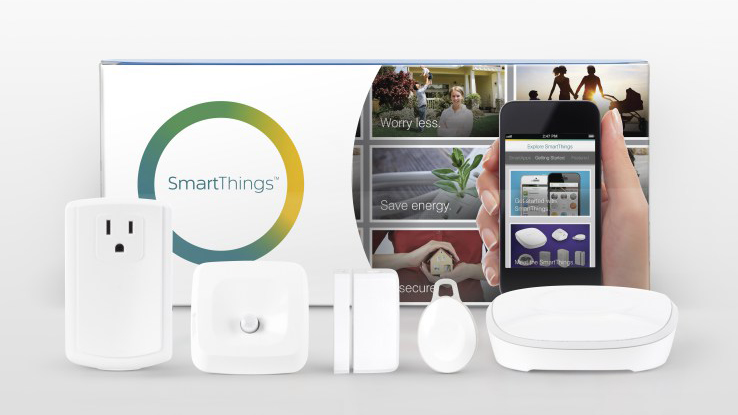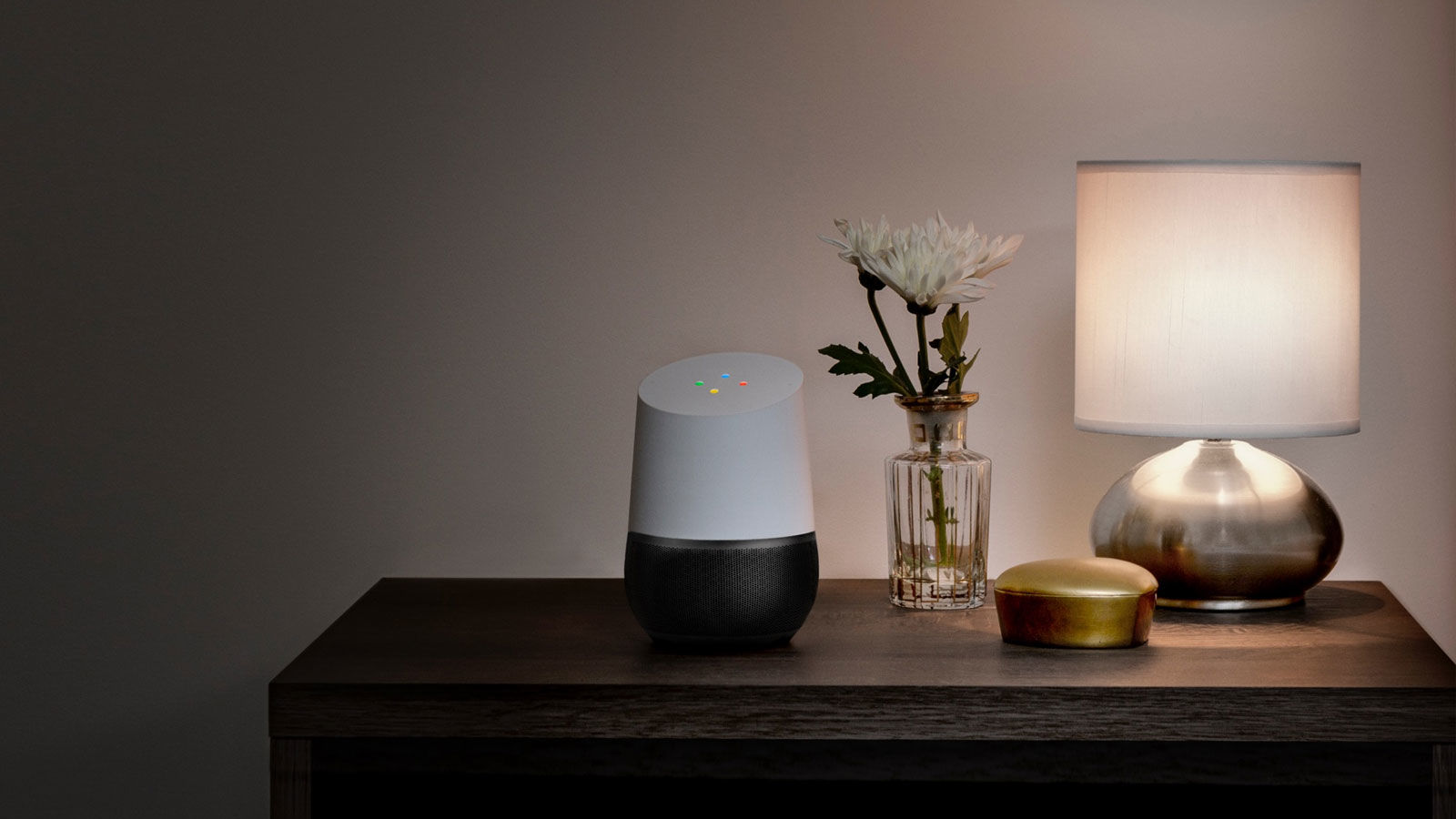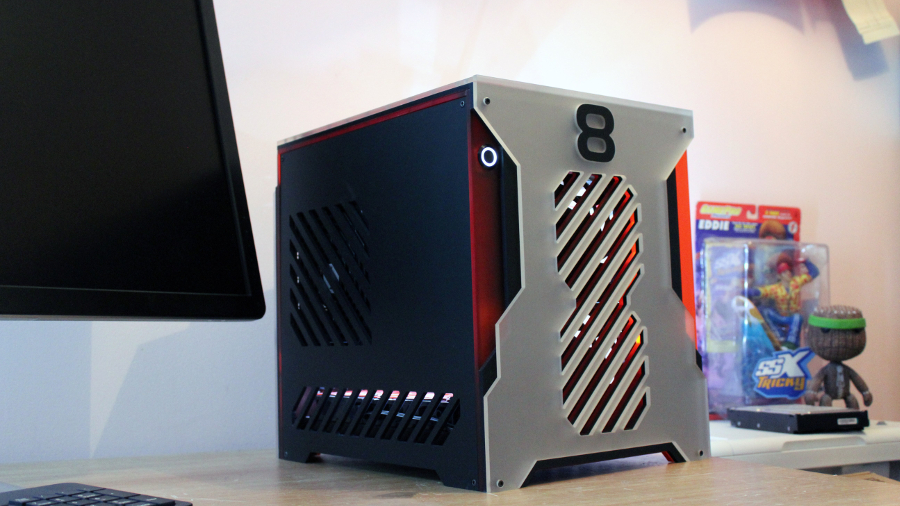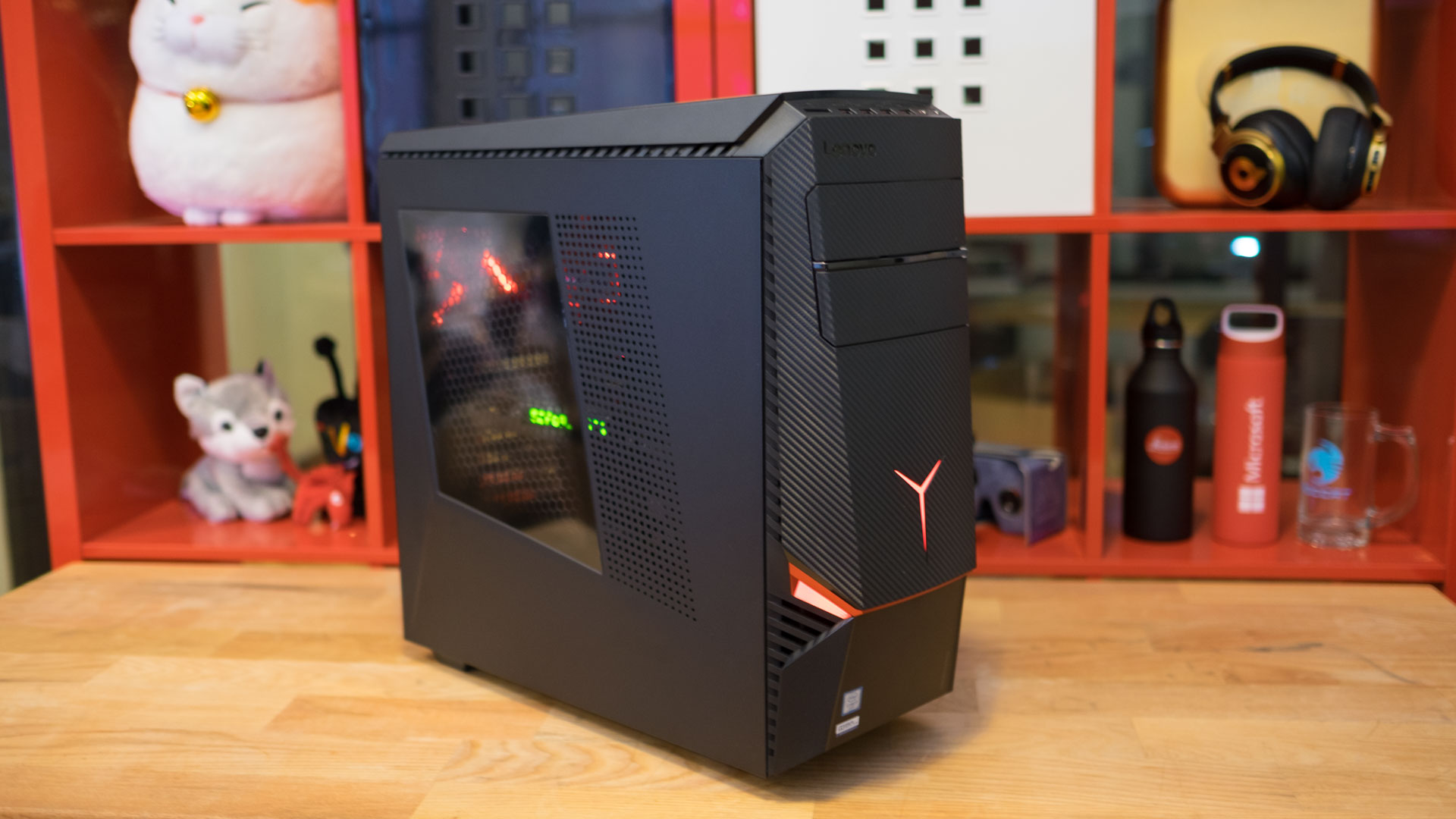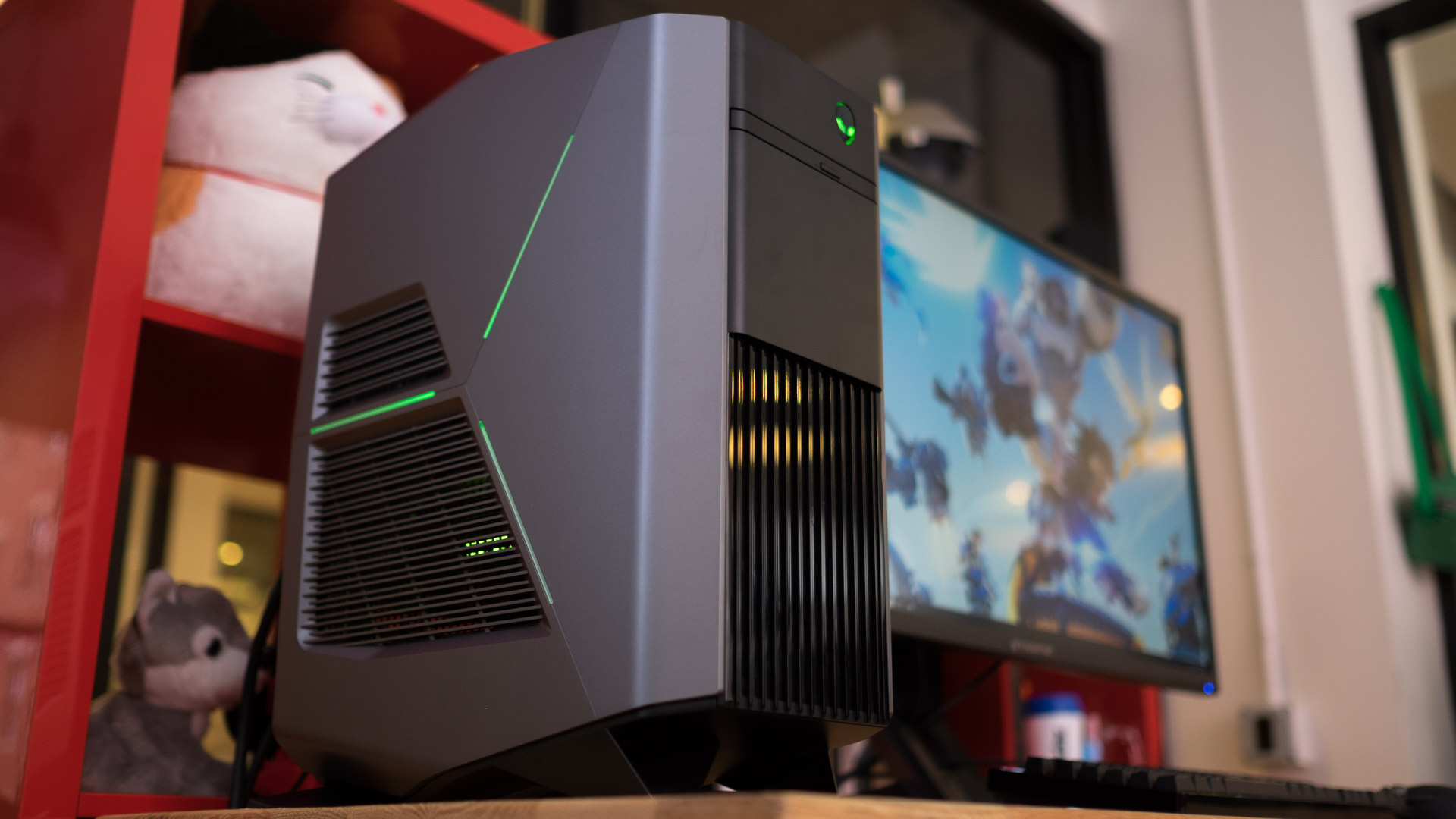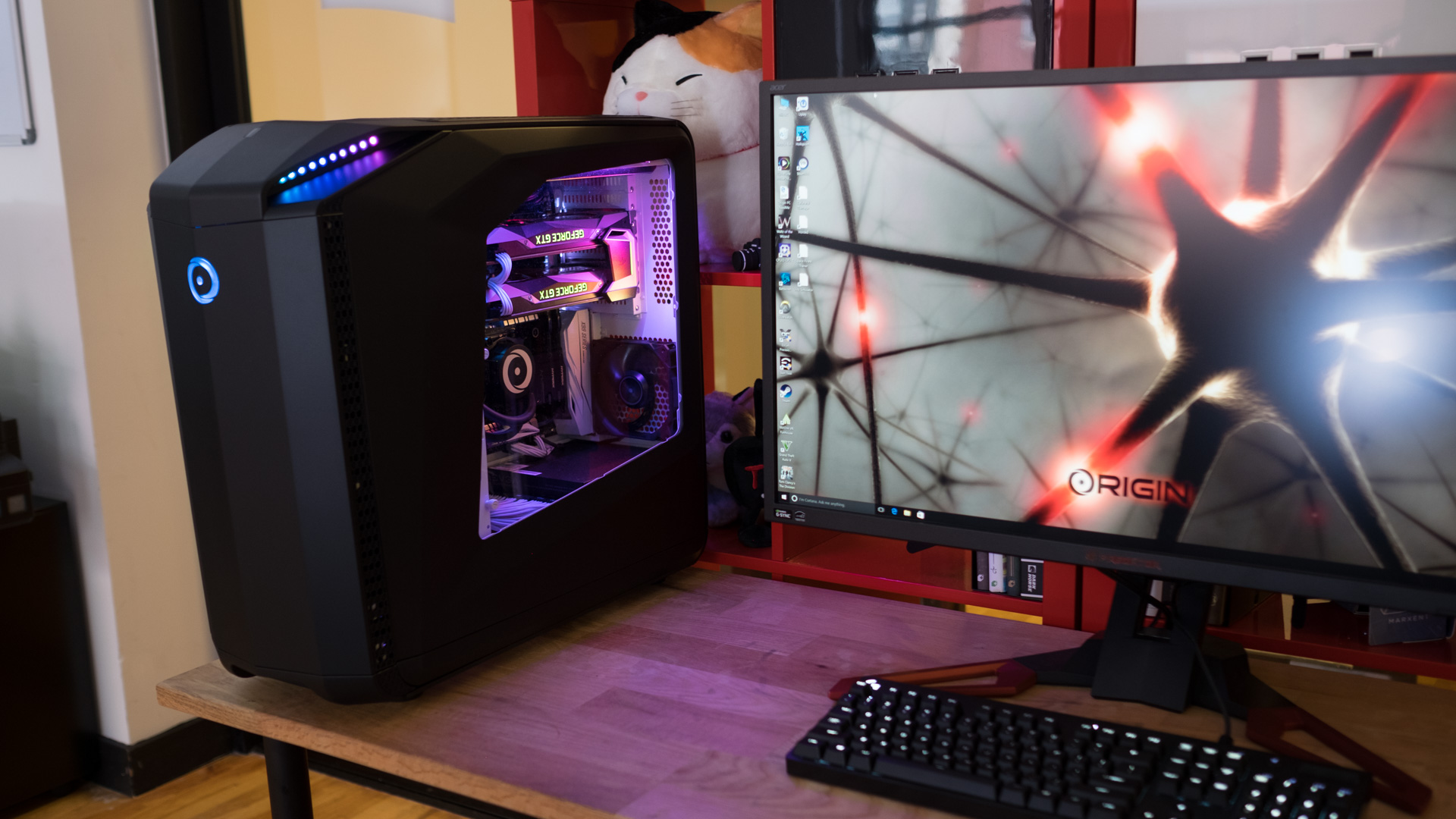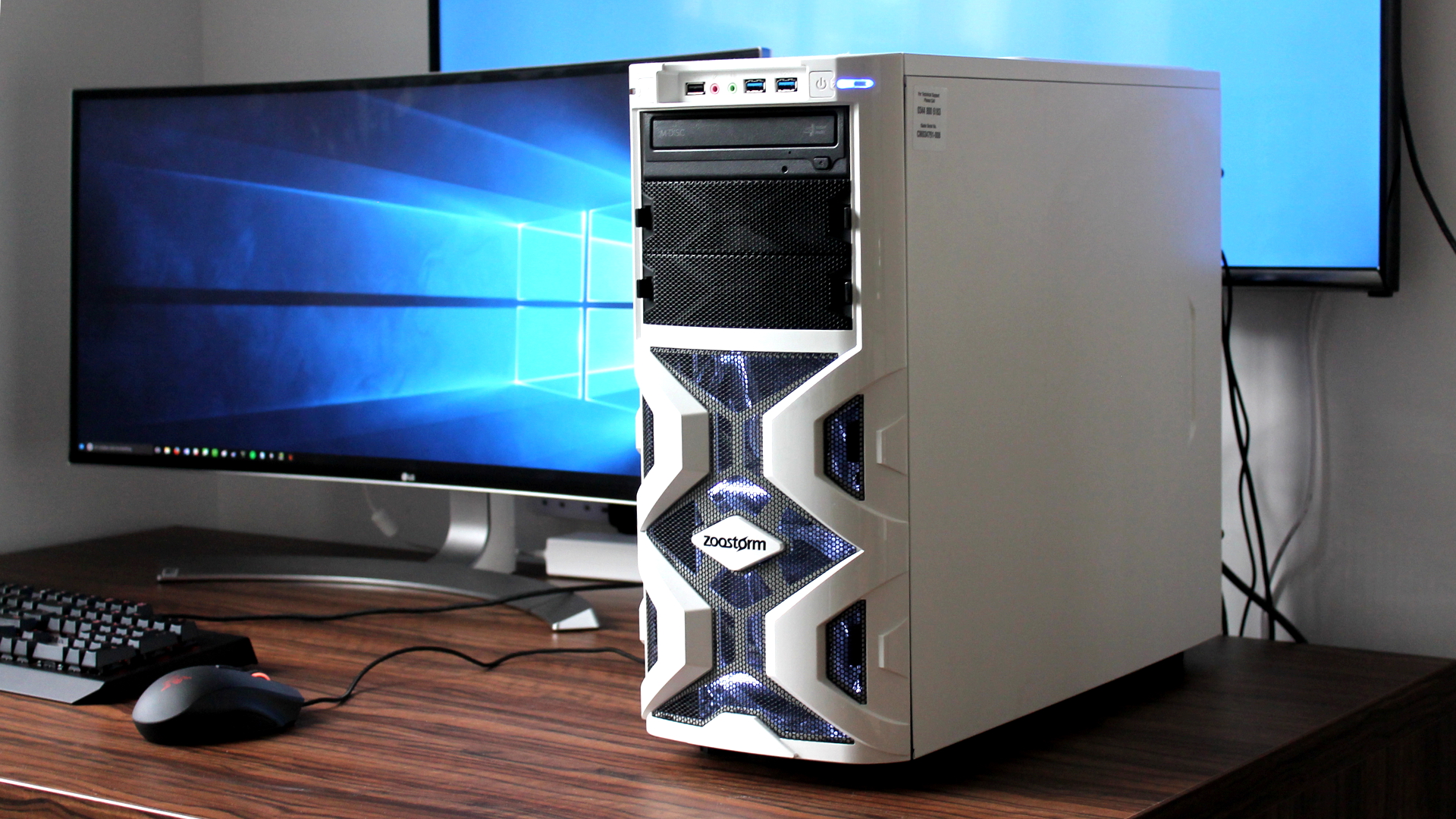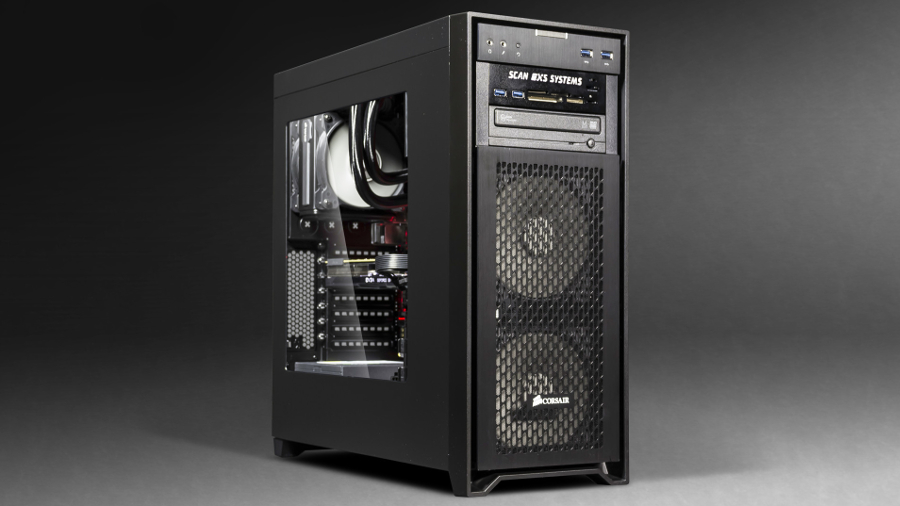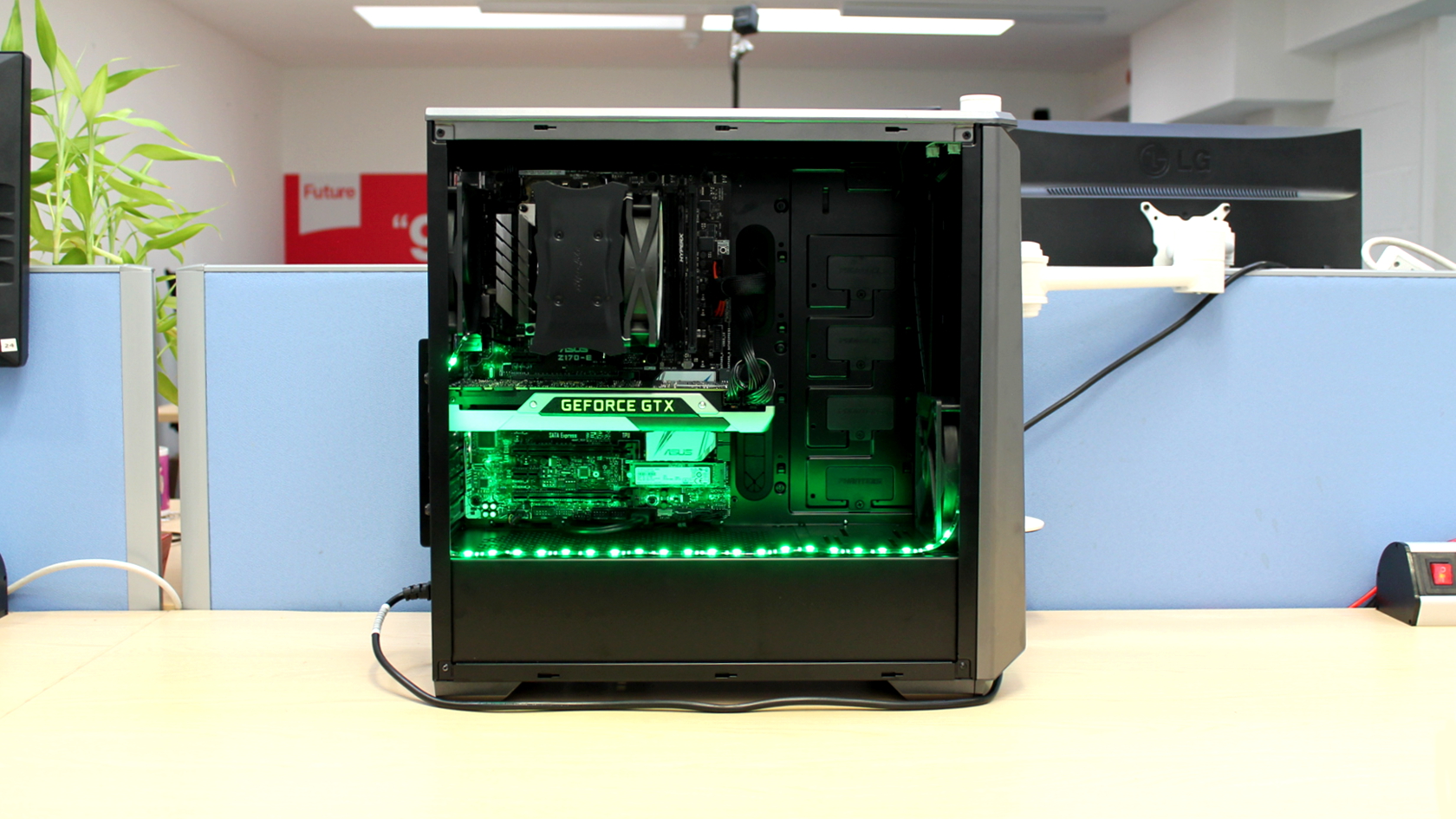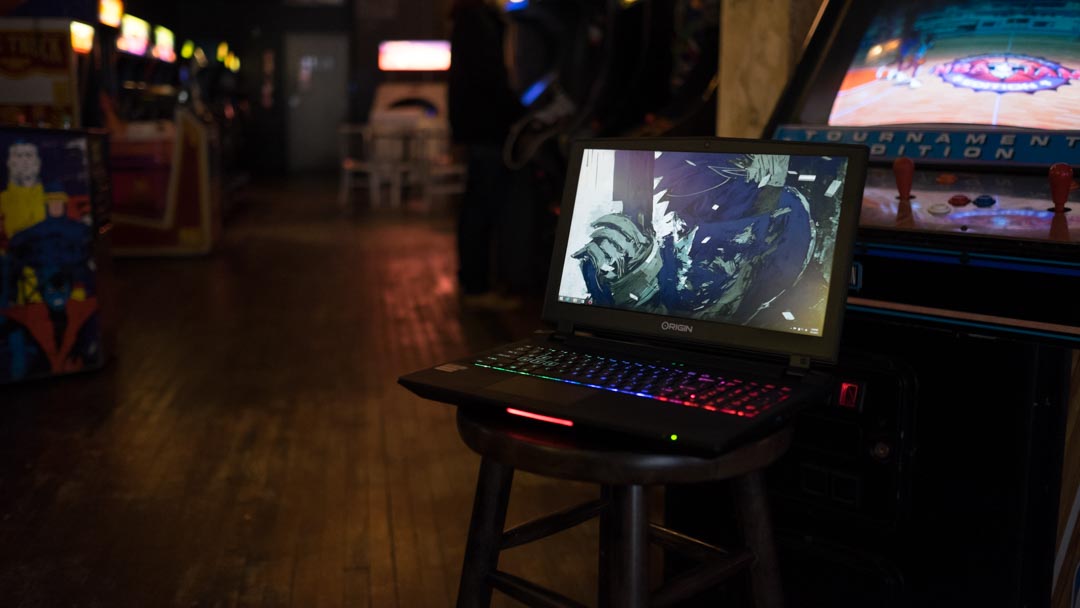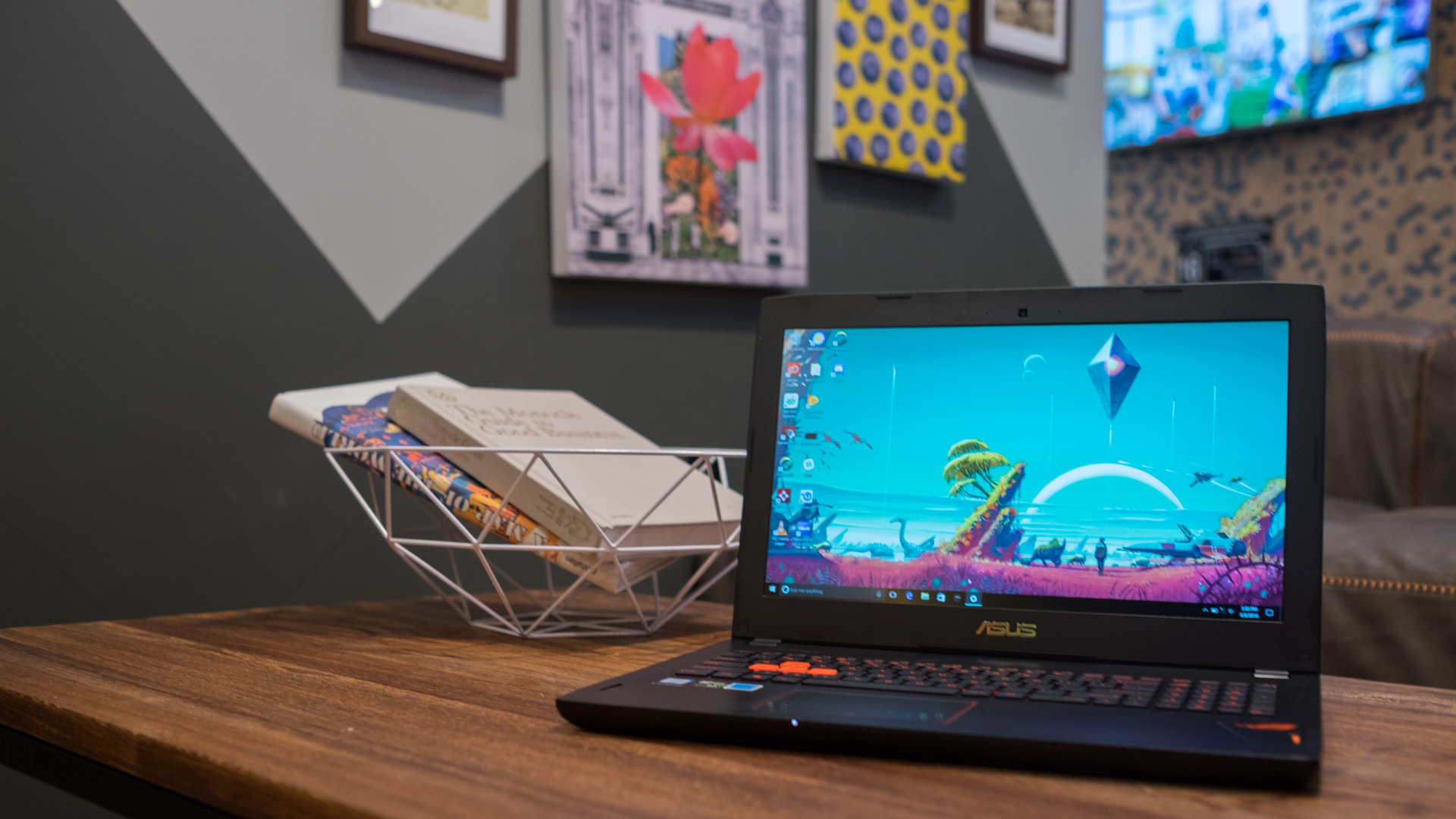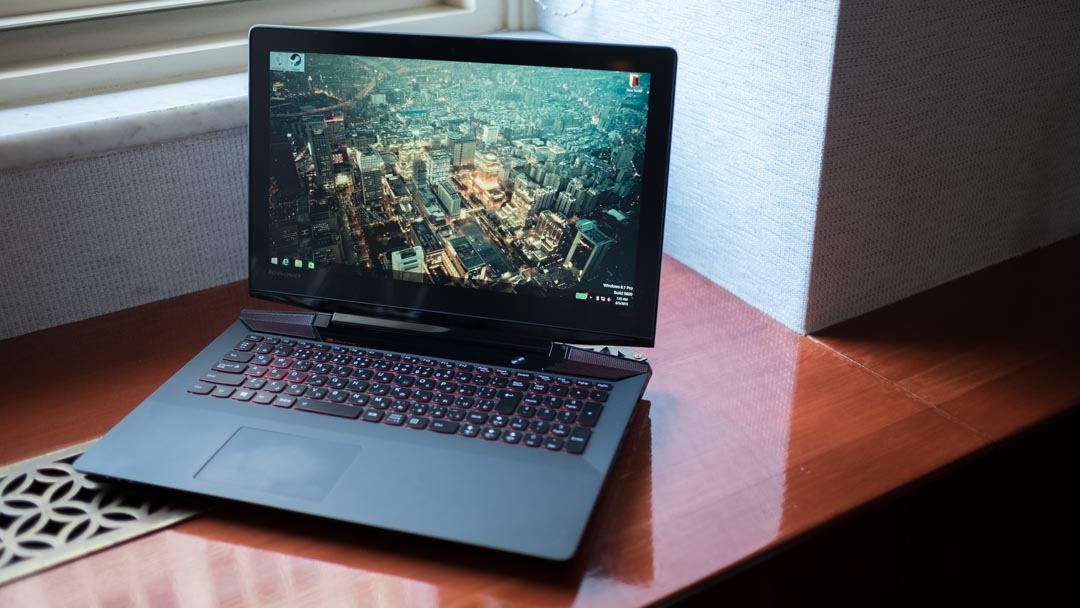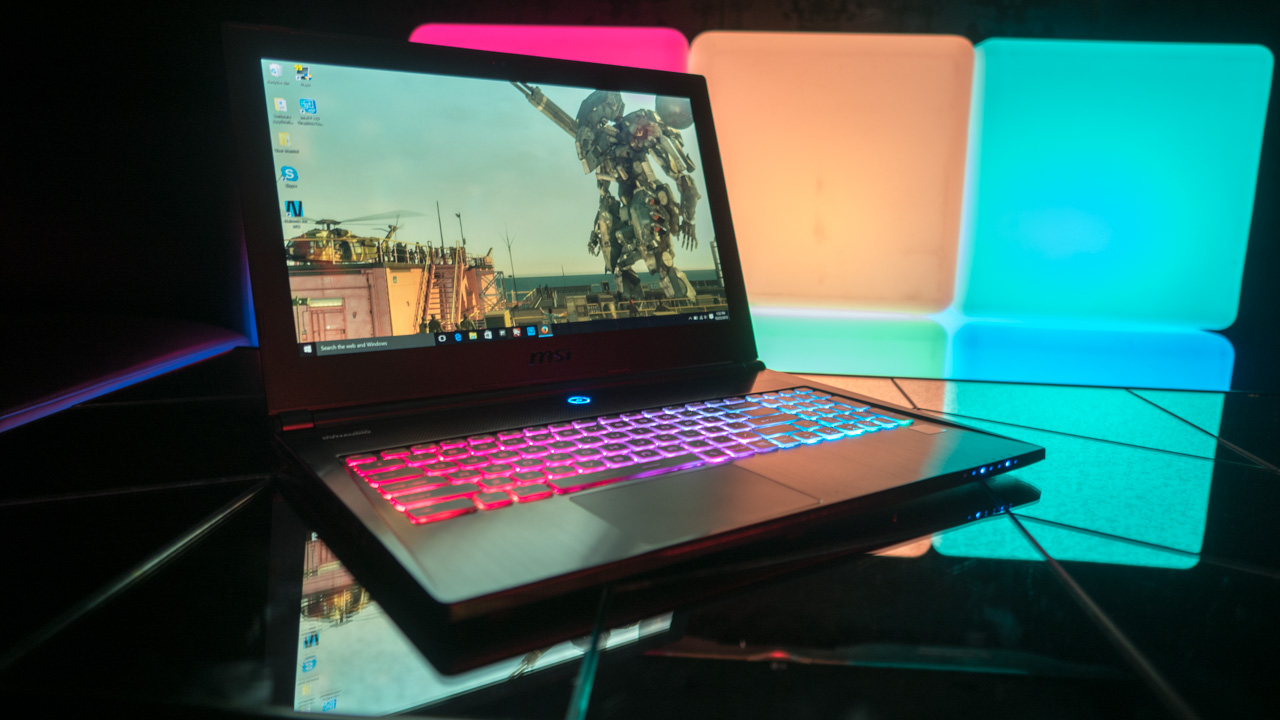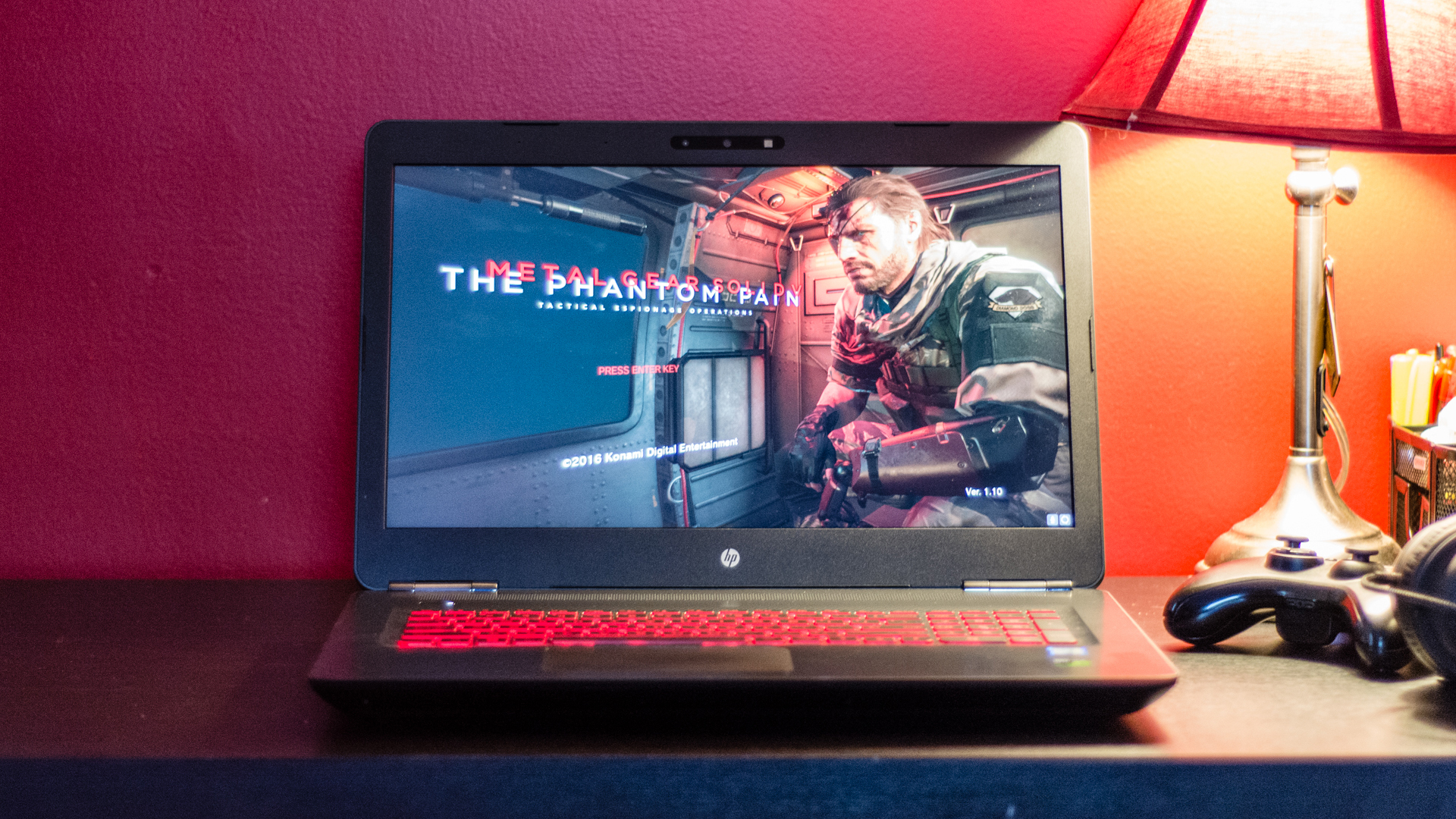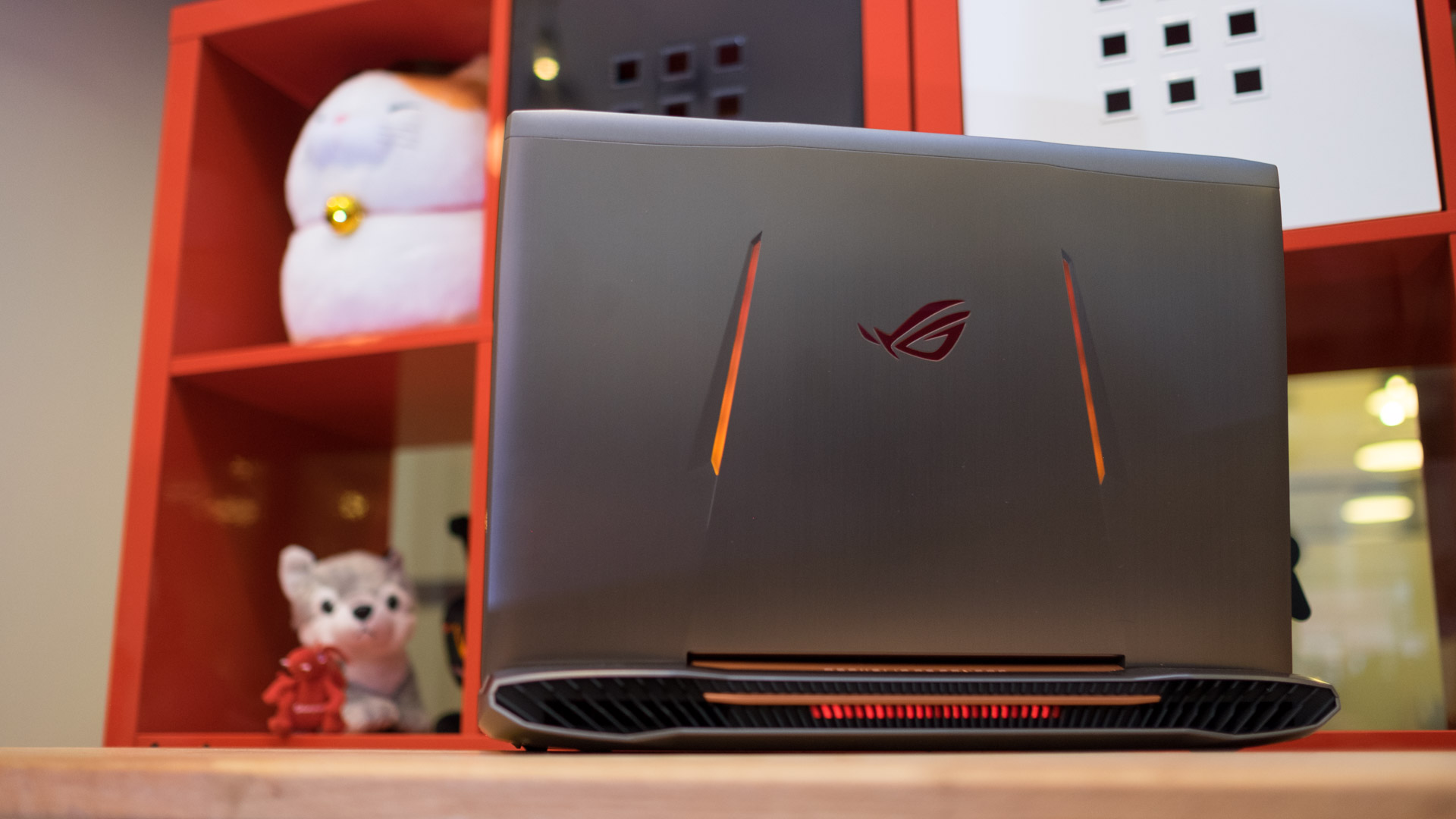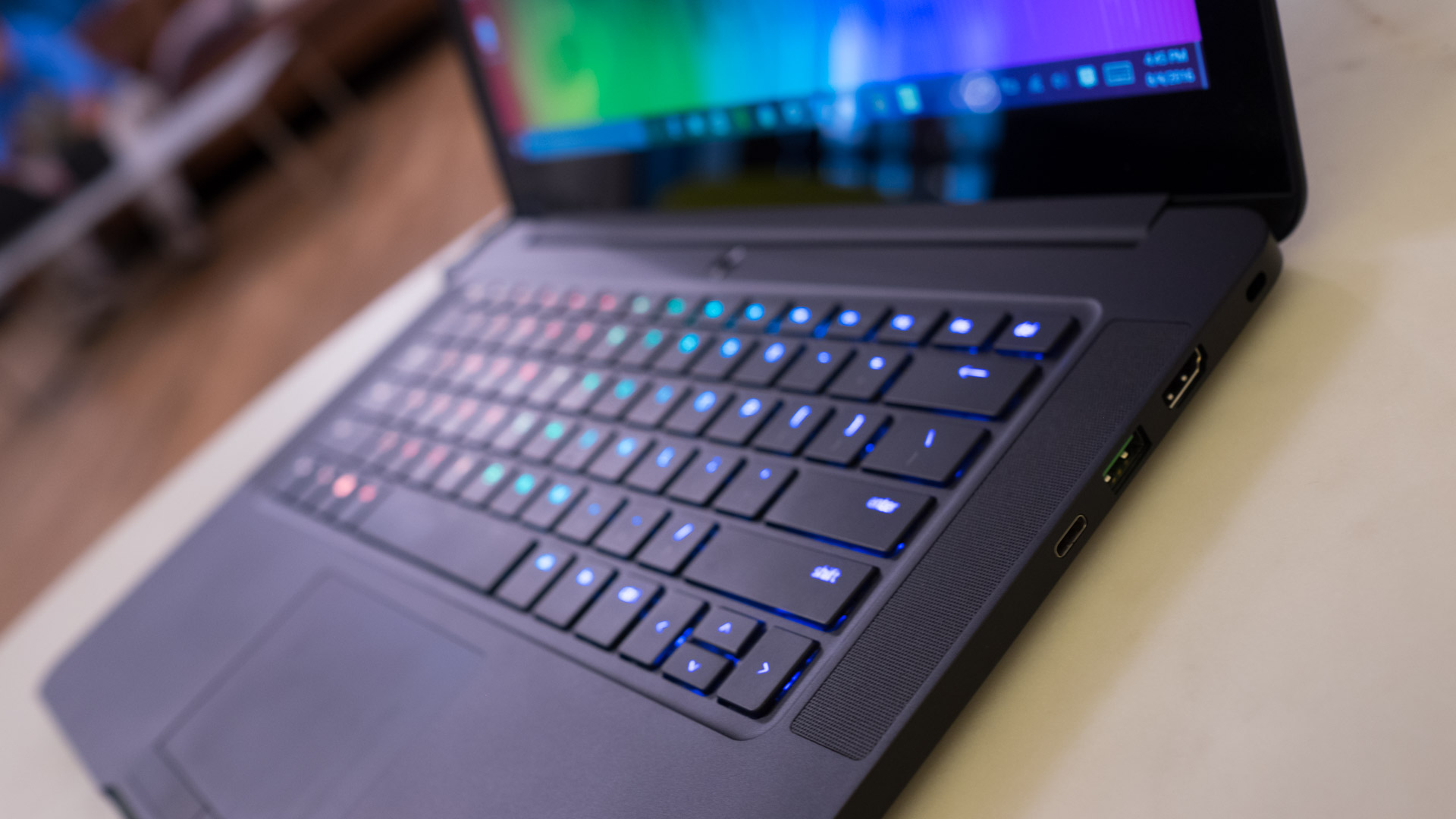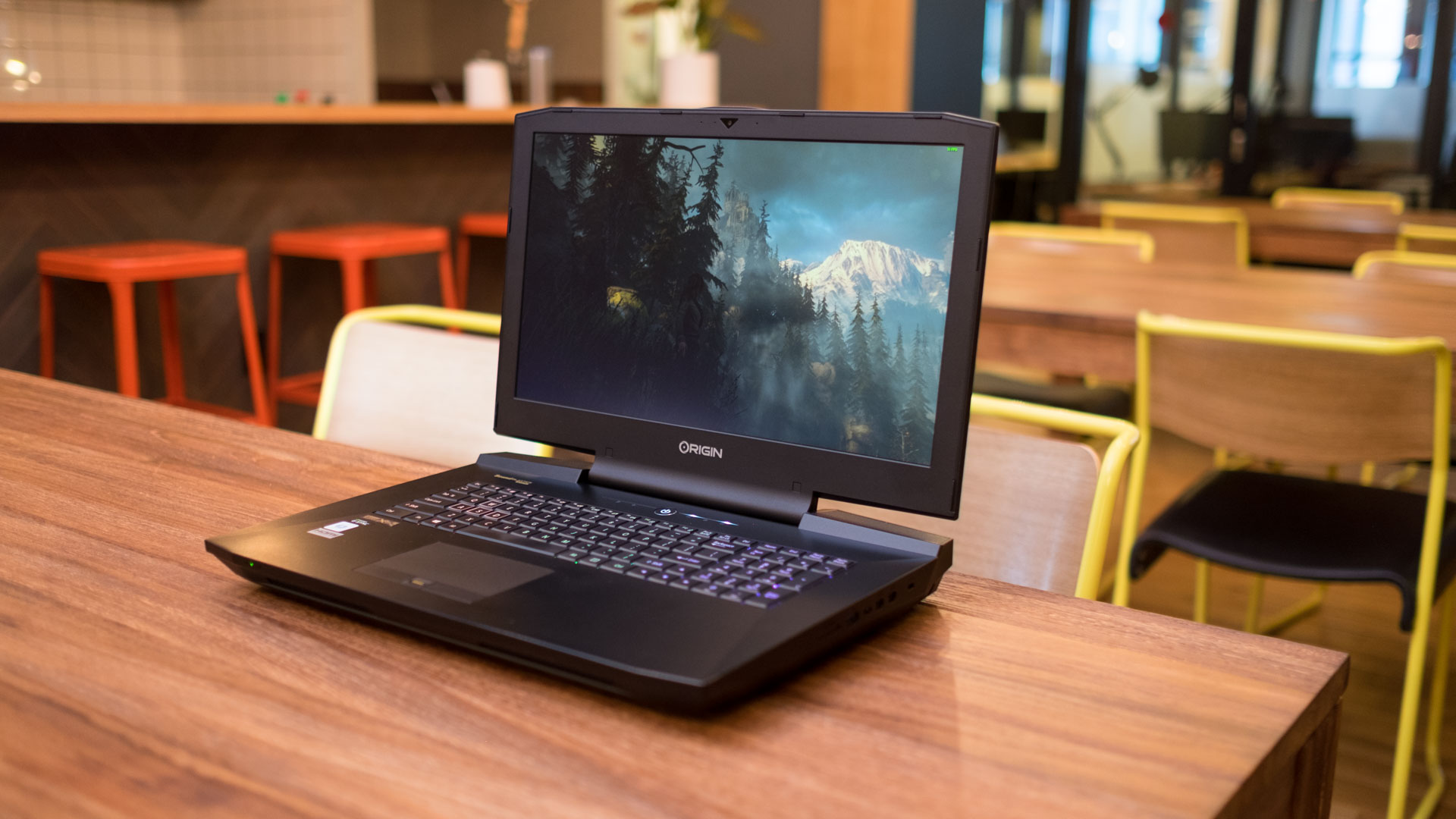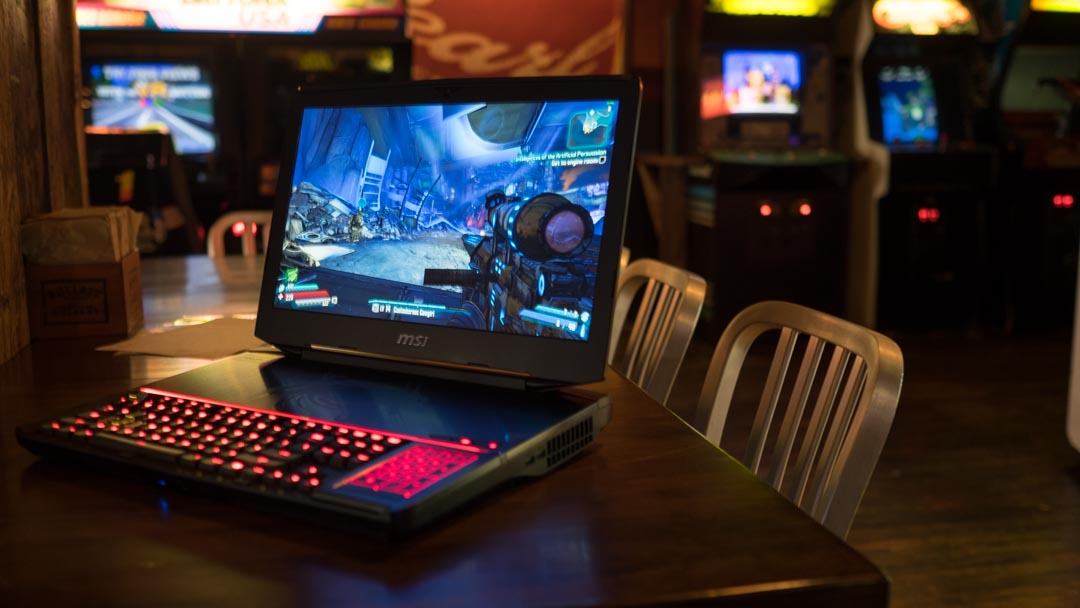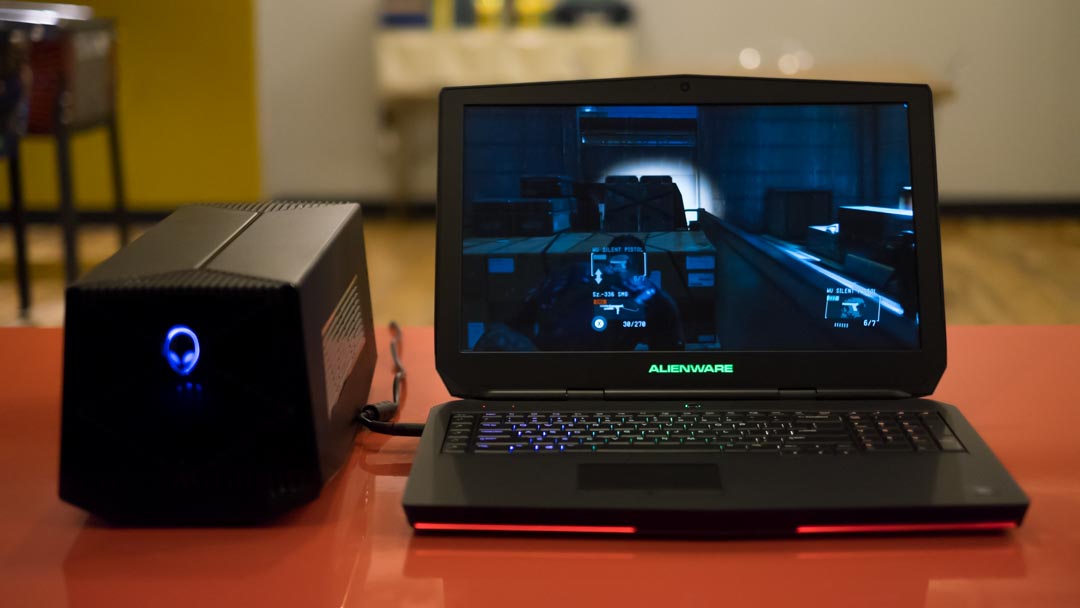You're not interested in a cheap Windows laptop. Been there, done that. The entry-level specs couldn't handle the demanding performance requirements of full-fledged Windows 10. Instead, you would rather have the lightweight and minimalist Chrome OS in your grasp, Google’s notebook operating system that represents what computing has been all about since the mid-90s: the internet and your web browser.
Although they don't approach the imposing specs of some of the best laptops on the market, Chromebooks are exceptional in their own right. With little more than 1,366 x 768, WXGA resolution screens and low-power Celeron processors, Chromebooks are built with longevity, portability and affordability in mind rather than sheer clout.
Most Chromebooks on the market claim somewhere between seven and nine hours of battery life on a single charge. Screen size, on the other hand, spans 11.6 to 15 inches. What's more, some even shake up the expected Chromebook form factor by drawing influence from an increasingly popular array of 2-in-1 laptops.
Here we've taken the best of the best Chromebooks and lined them up in a list for your convenience. Everything from the pixel-dense HP Chromebook 13 to the inexpensive Asus Chromebook Flip has been considered…
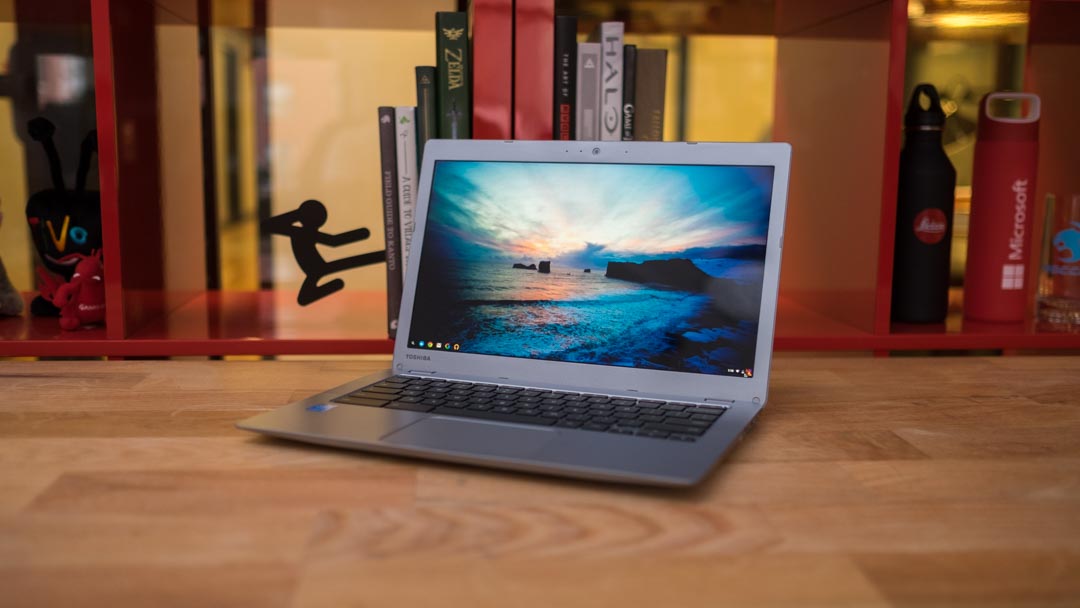
For the price, the Toshiba Chromebook 2 might seem like a steep investment, but neatly wrapped in that slim, silvery package are the specs of a top-of-the-line Chromebook. Featuring a brilliantly vivid 1080p screen, a nifty backlit keyboard and even the optional i3 processor, there's very little to complain about here. Although, we could do with a matte display option – just food for thought.
Read the full review: Toshiba Chromebook 2
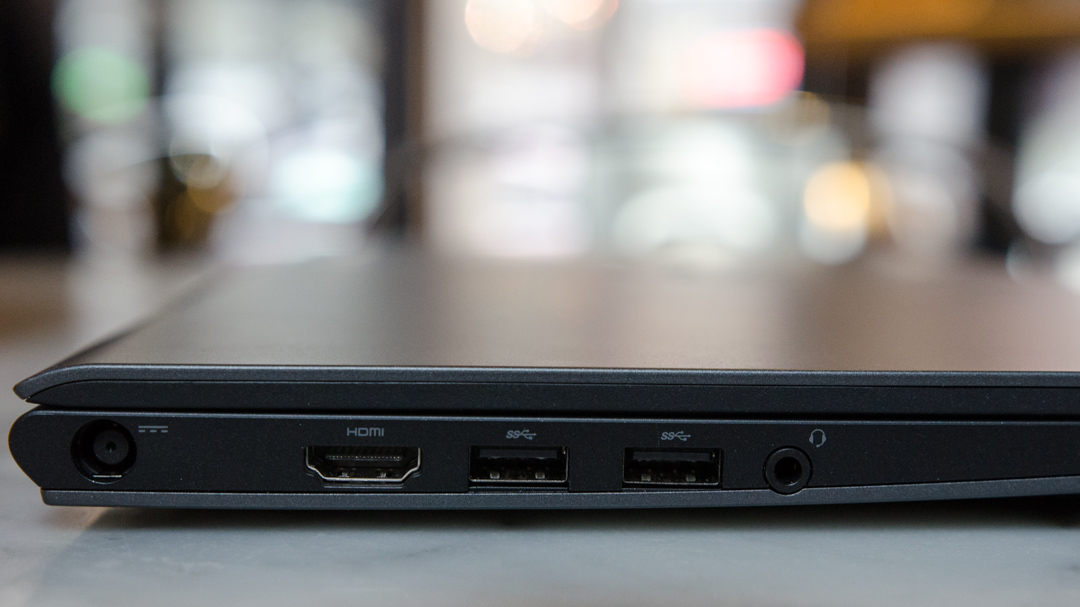
On the Chromebook 11, you'll find a 180-degree reinforced hinge, rugged design, sealed keyboard and trackpad and a punchy typing experience accompanying a perfectly portable package. In addition to using the Chromebook for classwork, bass-happy students will appreciate the loud stereo speakers for music and videos. Everyone else will take delight in its ability to lay flat using a 180-degree barrel hinge, effective for touch-based activities.
Read the full review: Dell Chromebook 11
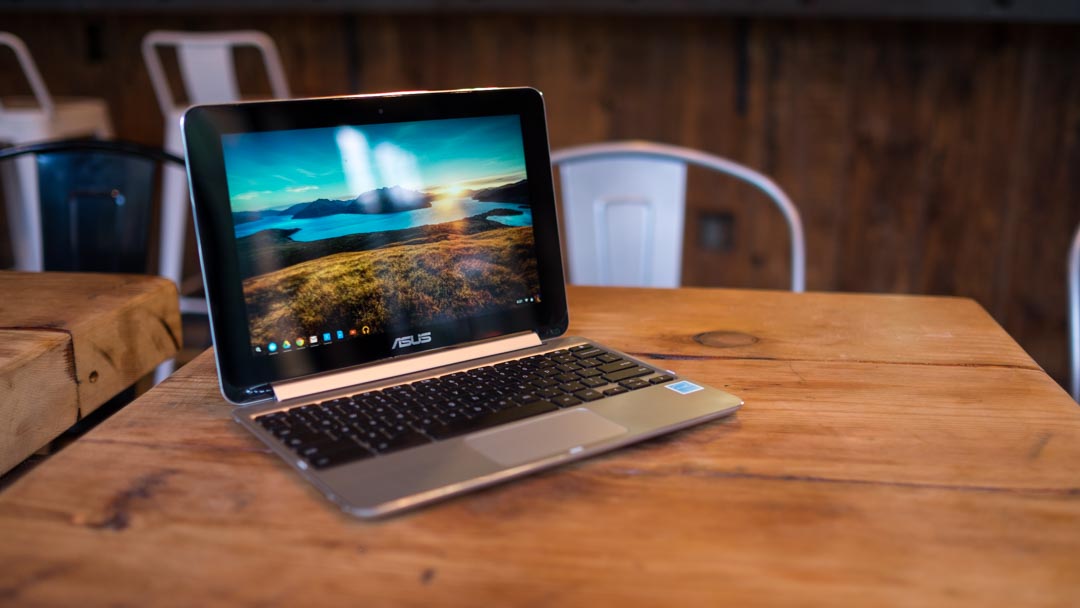
Aside from the budget price tag, the Asus Chromebook Flip is one of the best-built Chromebooks to blaze the trail onward for more convertibles. Touchscreen functionality feels slightly more logical, with a screen that actually rotates for once. All the while, the Flip meets all the core tenants of an ideal Chrome OS device, including stellar battery life. If you've been ho hum on Chromebooks before, the Asus Chromebook Flip is definitely one to ... flip out about. (Sorry.)
Read the full review: Asus Chromebook Flip
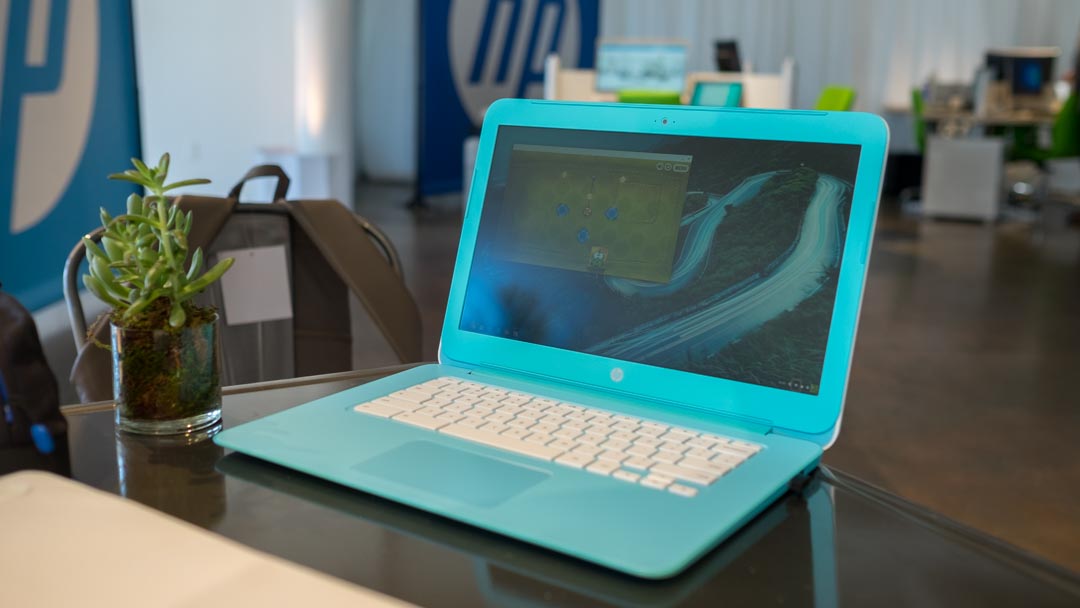
With a rock-bottom starting price, the HP Chromebook 14 is an excellent value for those seeking a basic web browsing machine. It's cheaper than the Toshiba Chromebook 2 while offering a bigger screen. And, while Acer's Chromebook 15 serves up similar components save for SSD storage rather than eMMC, HPs' 14-incher is a bit more compact and better looking to boot. For when coffee shop appeal is crucial, the HP Chromebook 14 sports a bright blue finish and a screen devised to surprise.
Read the full review: HP Chromebook 14
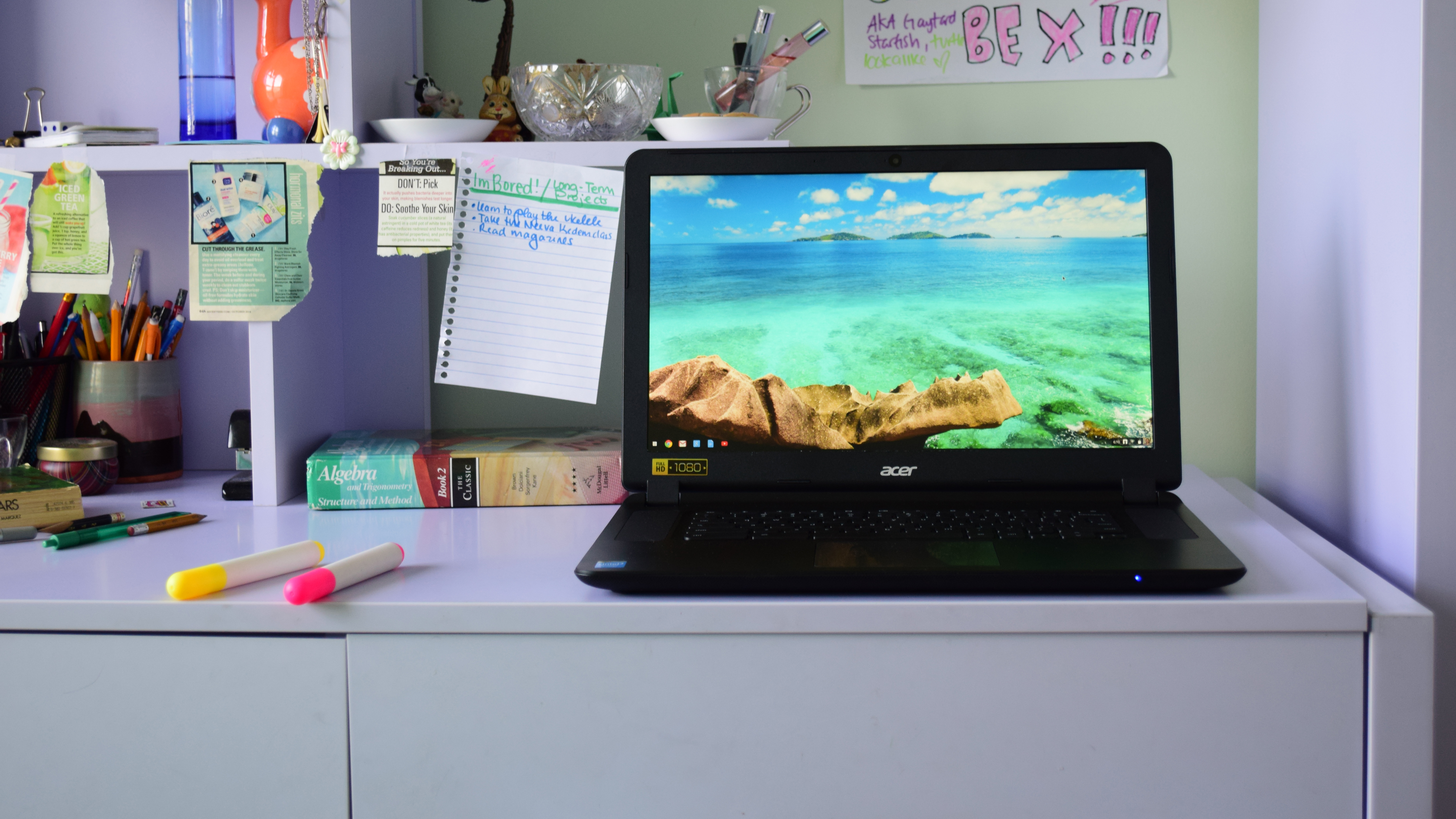
Rather than "Think Different," Acer's spin on the classic Apple catchphrase is "Think bigger." Unlike most in its class, the Acer Chromebook 15 is blessed with a 15.6-inch Full HD screen made better only by its optional Core i5 processor. Sure, you probably won't need all that power on a Chromebook (luckily, there’s a newer, even cheaper model that’s been added recently), but it sure is nice to have the option for once.
Read the full review: Acer Chromebook 15
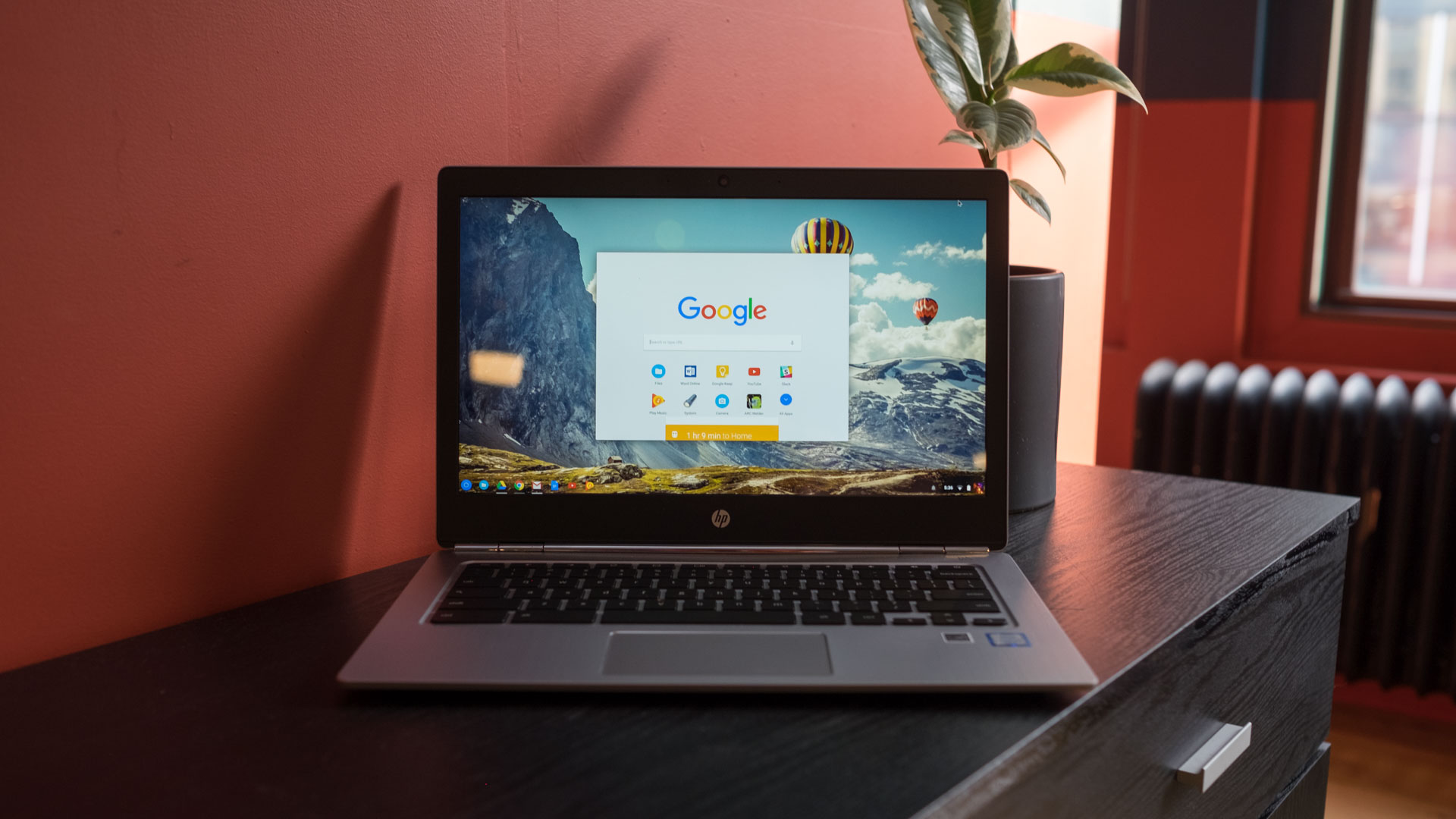
For the price, the HP Chromebook 13 offers a handful of distinct from what you might find on a comparable Windows laptop. Even at the baseline, you're guaranteed a 1440p screen that's far above average for a Chromebook. Even more unusual is the inclusion of not one, but two USB Type-C ports, and if you're willing to shell out just a bit more cash you can also nab yourself a Core-M processor rather than a Pentium. All of this is complemented by the HP Chromebook's outward appearance, a metallic design that reeks of Pixel influence.
Read the full review: HP Chromebook 13

Hardware and performance aside, the Pixel is one of the few Chromebooks that seems like it has itself completely figured out. The build quality of this machine is superb, with a design that's nailed down to a science. A vibrant screen – plus the tactile keyboard and trackpad – helps round out the Pixel as one pretty, premium package.
That said, this one's quite an investment. At this price, you could buy several Chromebooks or a far more powerful Windows laptop. So, before you buy, we suggest you consider all the much more affordable (or better) options out there before plunking down so much money into the best Chrome machine.
Read the full review: Google Chromebook Pixel 2
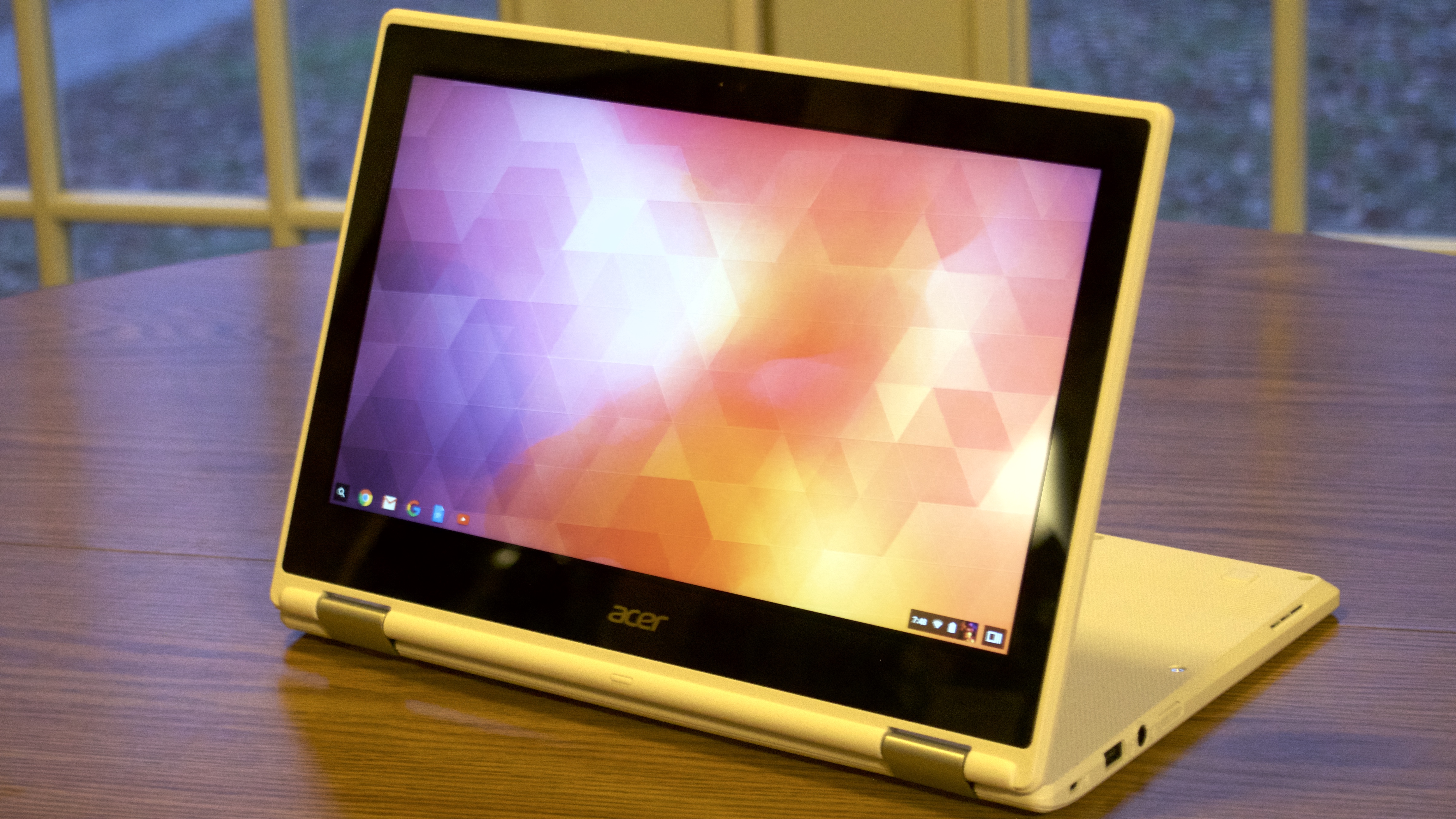
The Acer Chromebook R11's minimalist design may not win any fashion shows, but behind that plain shell is a surprisingly fit laptop destined to endure an entire day's work. Acer's R11 packs a day-long battery life, punchy performance and a 360-degree hinge with touchscreen into a subdued design. It won't break the bank, thereby making flaws, like an iffy trackpad and barely-HD touch display, a little easier to swallow.
Read the full review: Acer Chromebook R11
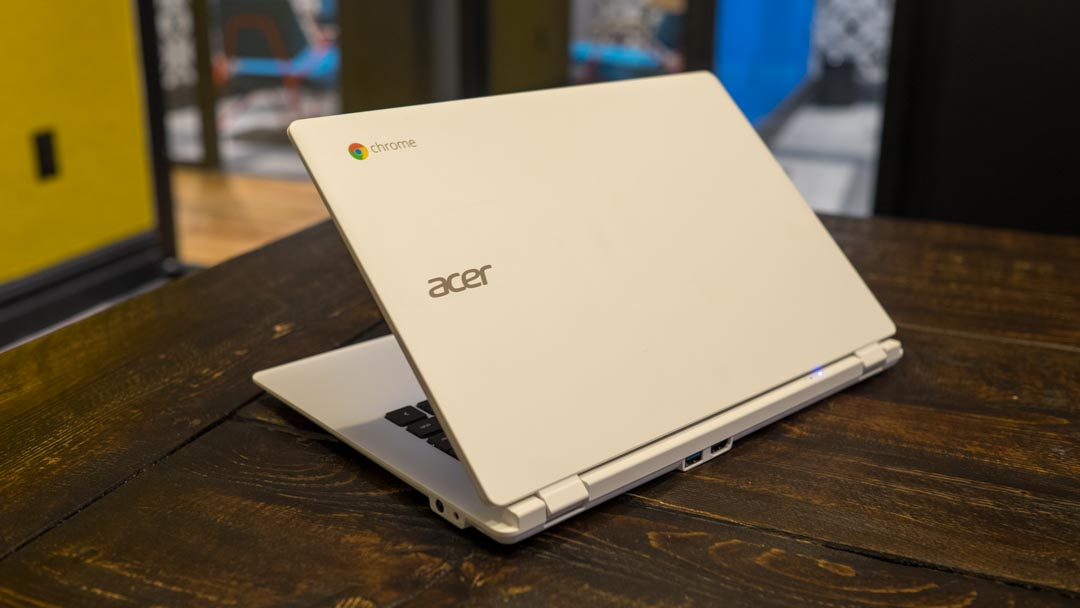
Powered by Nvidia's powerful Tegra K1 chip, this Chromebook squeezes quite a bit into a tiny frame. You're bound to fall in love with its 13.3-inch, 1080p resolution screen as well as its portability. At 3.31 pounds, the Acer Chromebook 13 is a feather on the outside and a powerhouse within. Even as you learn to overcome its limitations, you'll undoubtedly enjoy the lengthy battery life made possible by its conservatively mobile specs.
Read the full review: Acer Chromebook 13
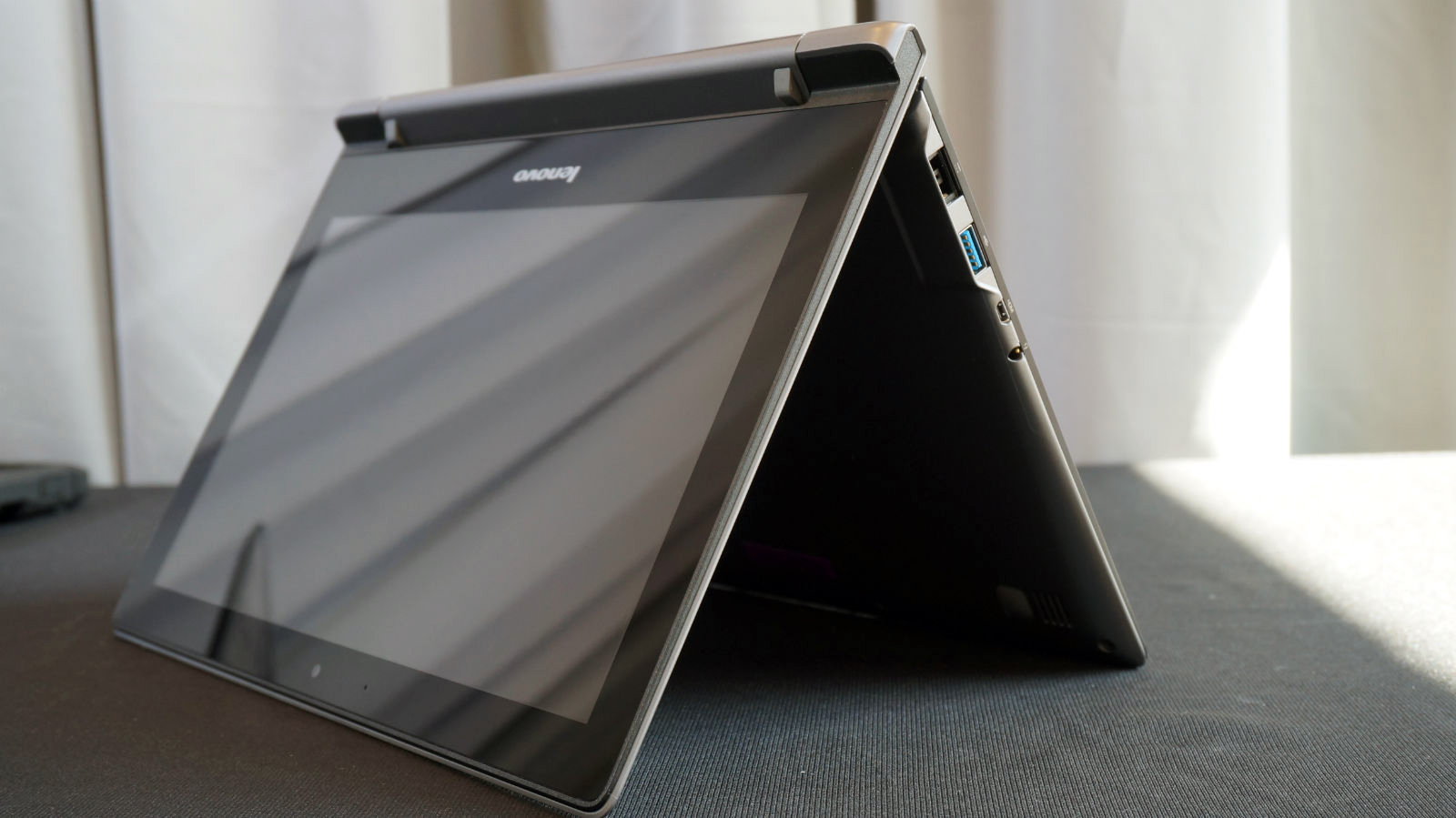
This is one of the "sexier" Chromebooks around, showcasing Lenovo's lust for style. However, the best feature is the N20p's 300-degree hinge, bending the N20p's display backward all the way into stand mode (or "tent" mode), which lends itself rather well to watching films or showing presentations. Unfortunately, using Chrome OS on a tablet isn't exactly ideal, but the range of ports certainly makes up for lacking software optimization.
Read the full review: Lenovo N20p Chromebook
Juan Martinez and Gabe Carey have also contributed to this article.

from Techradar - All the latest technology news
Related Posts:






